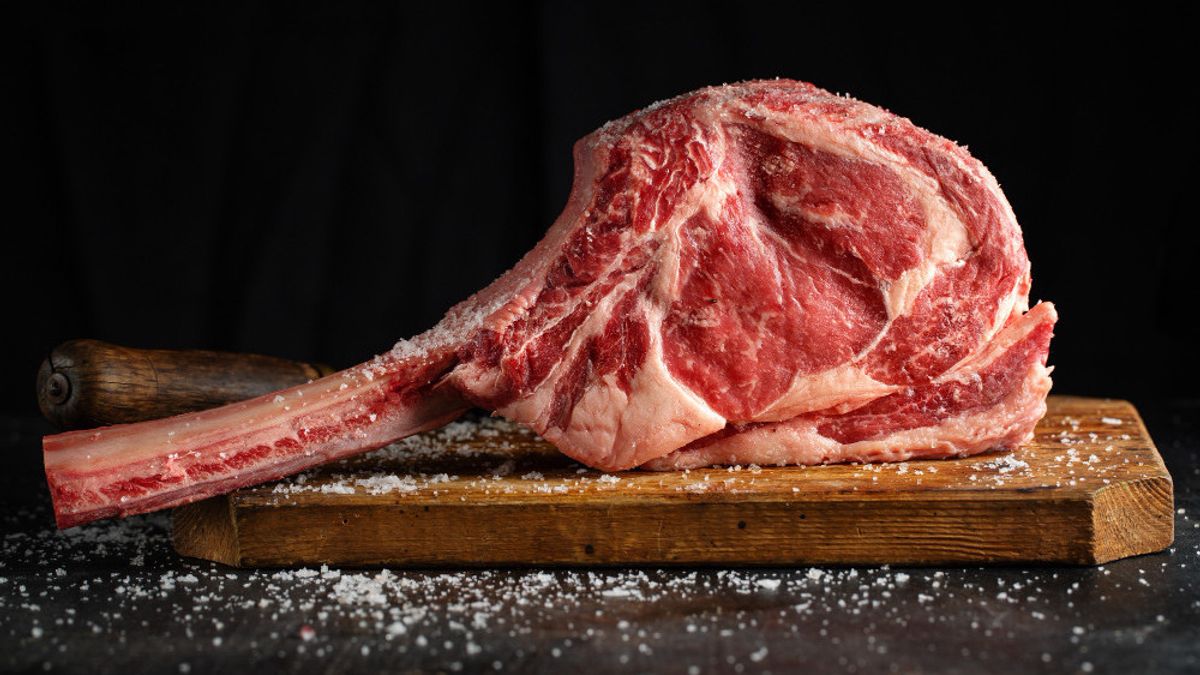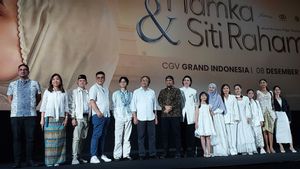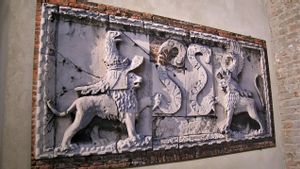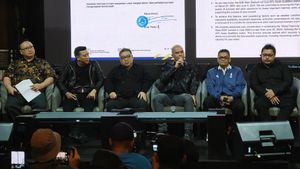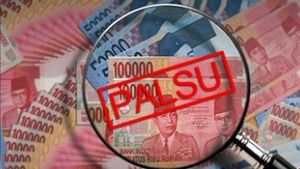YOGYAKARTA - In the processing of steak, there is a dry aging process for beef. The dry aging process is usually applied by classy or luxurious steak restaurants. However, there are still many who do not know what dry aging is on steak.
Currently, many steak restaurants in Indonesia use dry aged beef to be served to customers. There are restaurants that import these materials and some process their own dried meat.
Dry aged steak is widely favored because it offers a more delicious texture and taste than regular steak. Dry aging processed steak is now increasingly attracting the tongue of many Indonesians. So what is dry aging on steak?
Dry aging is a process of dredging the meat. The dry aging process is carried out by storing the meat in a room in room temperature and strict control.
Dry aging is known as a traditional meat-mixing technique for the taste of meat to come out more. This meat processing technique is also popularly called rot of meat by bacteria.
Although the term is decomposed, this process actually makes the texture of the meat softer and tastes better. Bacteria in the dry aging process are fairly safe because the meat is stored in a special room with temperature control, humidity, and air flow.
The dry aging process on steak is done before beef is cooked. Meats that are usually processed with dry aging techniques are large pieces of meat, such as short loin and ribs.
The meat part is then stored in a special room with a temperature between 1-3 degrees Celsius. Meanwhile, humidity levels are regulated so as not to exceed 70 percent. In addition, the storage space is also given a fan to maintain air circulation.
The length of storage of meat in the dry aging process usually takes about 28 days. During this storage period, the texture of the meat will become softer and have special flavors.
As with its name, the dry aging process will make the outer layer of the meat dry and experience shrinkage. It is this dry layer that will keep the meat juice contained in the meat awake.
By maintaining the saru content of the meat on the inside, the liquid will not come out of the meat. The taste source of this meat will be concentrated in the meat, making the meat softer and has a strong taste.
Beef chosen for the dry aging process is indeed part that has a lot of muscle tissue. When applied to the dry aging technique, there will be chemical reactions that make the muscles contract and eventually decay. Because the muscles have been destroyed, the meat has a softer texture.
SEE ALSO:
Dry aging meat for steak is synonymous with its expensive price. Why Dry aged beef is sold at high prices, it turns out to be related to the long and complicated processing process or technique.
Because the old and complicated dry aging process and requires a lot of capital, the price of dry aging meat becomes more expensive. The time needed for the dry aging process is at least 28 days. Meanwhile, the tools used in the meat farming technique are also quite expensive, namely around Rp41 million.
In addition, meat used for the dry aging process is also not just ordinary meat with small pieces. However, the meat used must be large piecewise at once. In the dry aging technique, about 60 percent of the meat cut will be wasted and only 40 percent will be served as steak.
Because in the process of dry aging, the outside of the meat will dry up, shrink, and rot. This part must be disposed of when cooking meat. For example, you dry up five kilograms of meat, so only about two kilograms can be processed.
So as long as other dry aged prices are considered expensive because you pay a cost of five kilograms of meat, while only two kilograms of what you eat.
Demikianlah review mengenai apa itu Dry aging pada daging steak. Dry aged beef memang terkenal sebagai streak mewah atau berharga mahal karena memang proses pengolahannya yang lama, rumit, dan membutuhkan modal besar. Baca juga artikel teknik memaksi steak serupa.
Stay up to date with the latest domestic and other overseas news on VOI. We present the latest and most updated nationally and internationally.
The English, Chinese, Japanese, Arabic, and French versions are automatically generated by the AI. So there may still be inaccuracies in translating, please always see Indonesian as our main language. (system supported by DigitalSiber.id)
